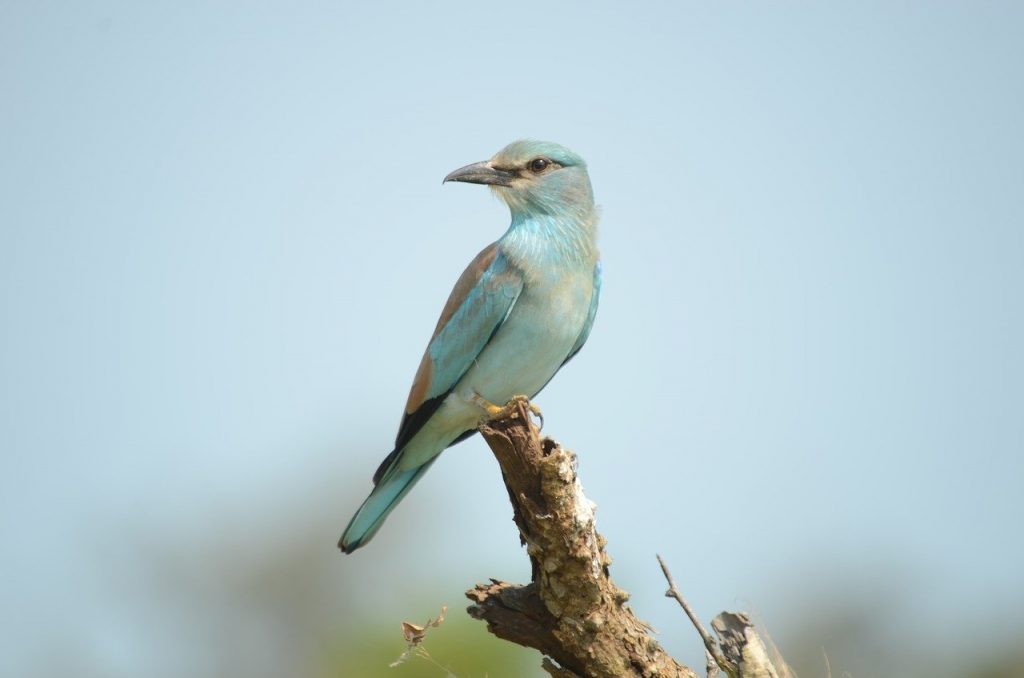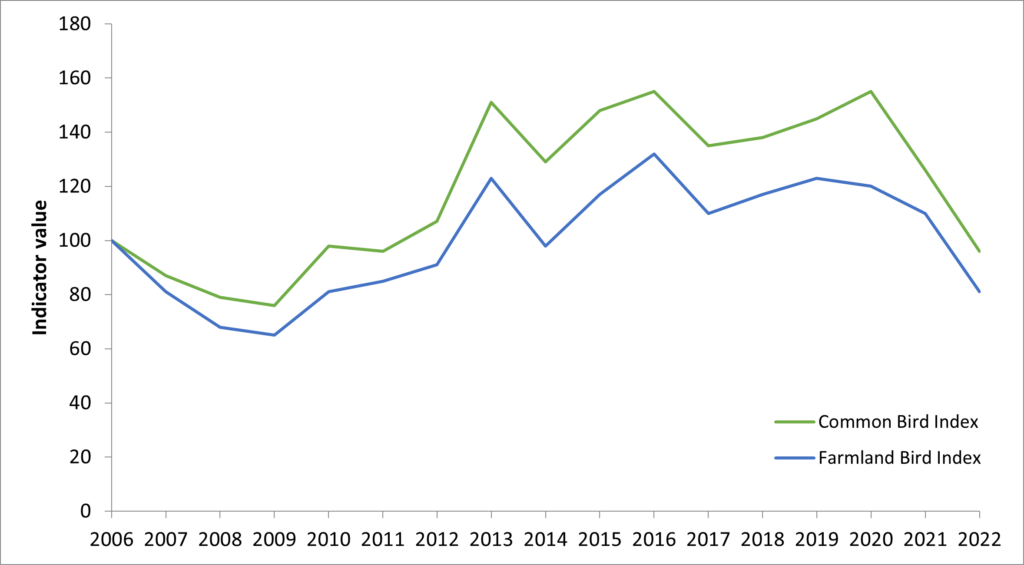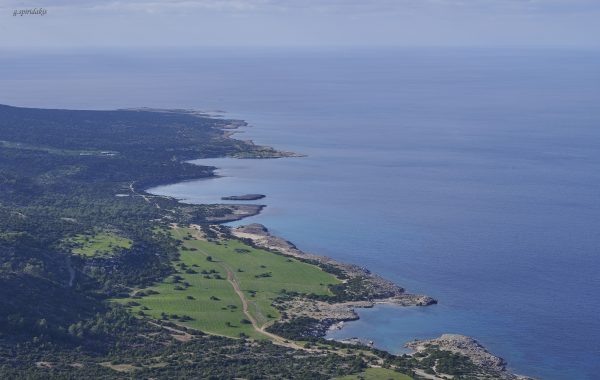Farmers are the most important managers of the environment and nature in Europe, where farmed land has been shaping the natural landscape for millennia. However, in the last 40 years, Europe has lost 60% of its farmland birds. This did not happen overnight, but through decades of land use change, where low-intensity traditional agricultural practices have been replaced with intensive agriculture practices or other land uses that leave no space for nature, harm biodiversity and undermine agricultural production in the long-term.
With farmland bird populations plummeting in Europe, what could one say about our island’s countryside and its birds? Birds are excellent indicators of the state of natural ecosystems, and we can assess the health of our countryside by estimating the populations of birds that live and breed in these habitats. BirdLife Cyprus has been producing the EU’s Farmland Bird Indicator/Index for Cyprus, by carrying out systematic monitoring surveys of the bird populations found in the farmland areas of the island. This indicator is used to monitor the health of rural areas and nature in the EU Member States and can be used to guide the management of agricultural areas and the agriculture industry in general, both at European and national level.


Although the picture shown by the Cyprus Index is not as gloomy as that in the rest of Europe, it is nevertheless cause for concern as in recent years there has been a steady decline in our island’s populations of both common and farmland birds. Iconic bird species such as the Roller Coracias garrulus and the Black-headed Bunting Emberiza melanocephala appear to be in alarming decline.

The reasons behind the decline are varied and relate either to changes in annual weather conditions or to changes in land use or agricultural intensification, or a combination of these factors. Although traditional and low-intensity agricultural practices are maintained to a significant extent in Cyprus, and this has probably contributed to the stability of farmland bird populations over many years, these practices are now being abandoned, especially in mountainous and more marginal areas, and are being replaced by intensification and other land uses such as residential and other developments.
Most of Cyprus’ protected natural areas include significant agricultural landscapes. From olive and carob groves to traditional grazing pastures, low-intensity agriculture makes Cyprus an attractive place for birds. Preserving traditional agricultural practices and protecting and properly managing farmland is crucial. Greener, low intensity and sustainable farming practices that leave space for nature ensure healthy and nutritious food on our table and preserve the precious wildlife that depends on these ecosystems.




